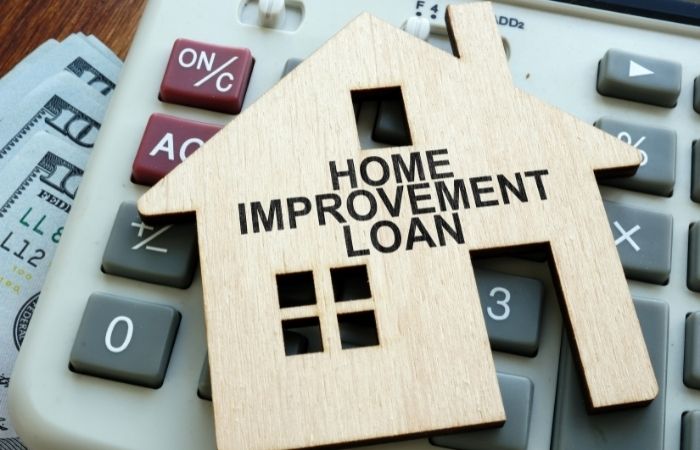
Home improvement loans are a great way to improve your home and make it more comfortable for you and your family. But with so many options available, how do you choose the right one?
Step 1: Decide what projects need to be done
It is essential to determine what projects the money will cover when choosing a home improvement loan. It can be all too easy to get caught in a cycle of personal loans to pay for ongoing work that ends up costing more than you planned. If you’re already in this boat, consider a home equity for debt consolidation strategy to get out of debt.
Here are a few tips to help you plan before taking on a home improvement loan:
- Determine how much you can realistically afford to spend. This will help you avoid overspending on unnecessary projects that you may not be able to complete or may become costly in the long run.
- Consider priorities. What are the biggest improvements that need to be made? Do you need new windows, a roof, or updates to the exterior facade? Once you know what needs attention, assess which projects best suit your budget and timeframe.
- Don’t forget about interest rates and fees. When choosing a loan, keep in mind interest rates and other fees associated with each institution. Interest rates can vary greatly from lender to lender, so compare rates before signing on the bottom line.
Step 2: Calculate the cost-benefit ratio of your improvements
One of the most important factors to consider when choosing a home improvement loan is the cost-benefit ratio. This calculation determines whether the improvements are worth the cost, both in terms of interest and overall expense.
Generally speaking, the more expensive an improvement project, the greater its benefit likely will be. For example, adding a new roof or windows to your house will likely increase its value and build more equity in your home. However, these projects can also be very expensive, so you must calculate their total cost before committing to anything.
Another factor to consider is how long you plan to stay in this house. If you only have a few years left on your mortgage and want to make considerable improvements to increase your resale value, it may make more financial sense to borrow against your home equity rather than take out a loan. However, if you plan to stay in your home for many years, it may be wiser to borrow against the value of your property rather than incur the high-interest rates and fees associated with a traditional loan.
Step 3: Look for a loan that fits your needs
Once you have determined what needs the money will cover, it is important to find a loan that meets those needs. There are several factors to consider when choosing a loan:
- Your credit score. A good credit score will help you get approved for a home improvement loan and save you money on interest rates. However, there are still loans available that require lower scores than others or even online loans no credit checks. It is important to research all of your options before making a decision.
- Duration of the loan. You should consider the long-term implications of taking on a loan and whether you will be able to pay it back on time. Short-term loans have lower interest rates than long-term ones, but they may not be appropriate for all projects.
- Your cash flow. If you have substantial debt already, borrowing more money may not be the best option. Certain home improvement loans require a down payment, limiting your flexibility if your income decreases or you lose your job.
The bottom line
Choosing the right home improvement loan can be difficult, but it’s essential to do your research. Follow these steps to get the best deal for you!
Hey welcome to my blog . I am a modern women who love to share any tips on lifestyle, health, travel. Hope you join me in this journey!

Speak Your Mind